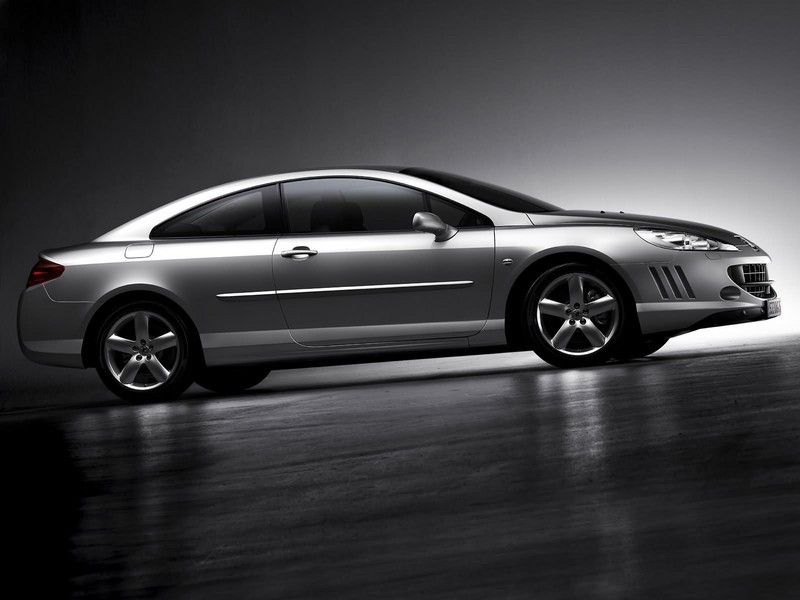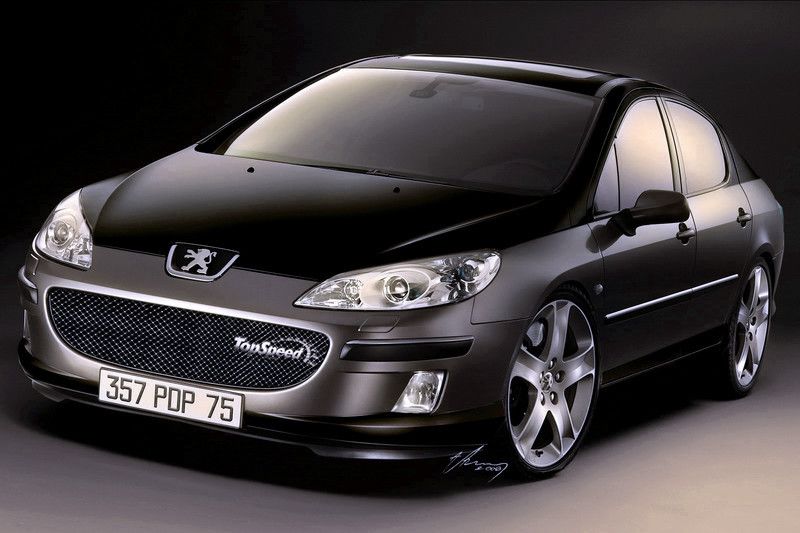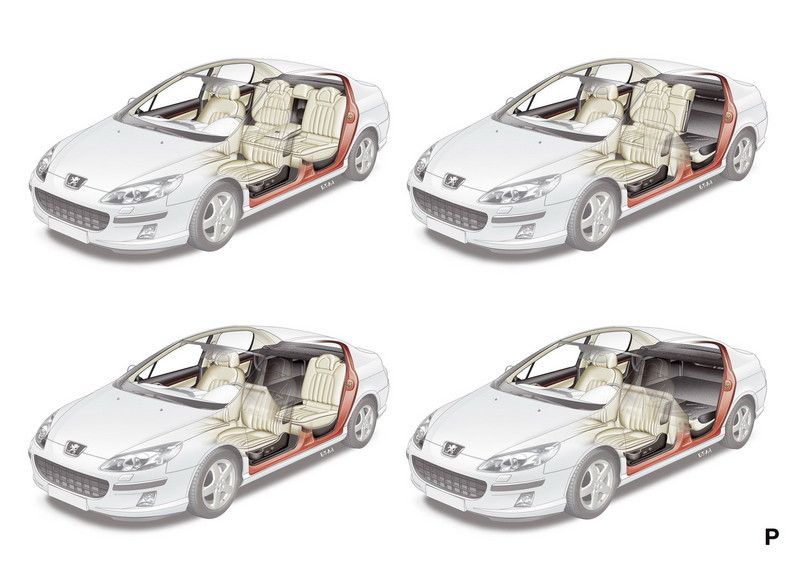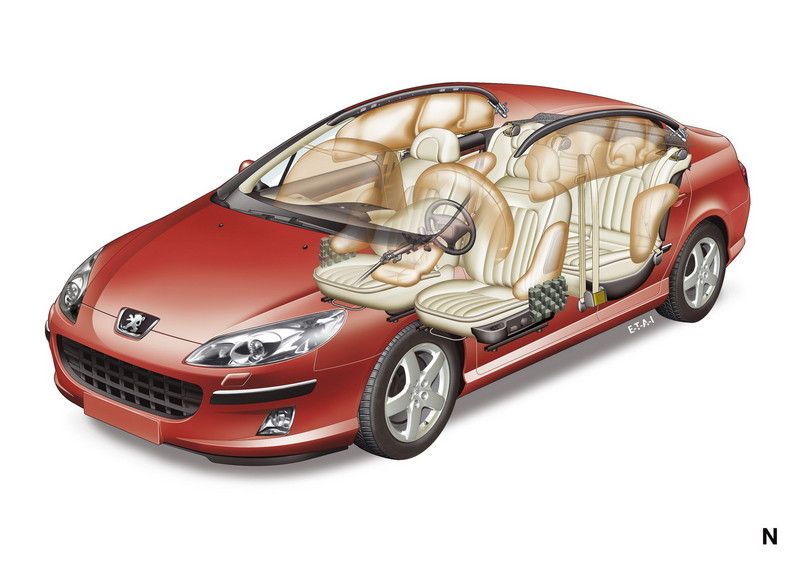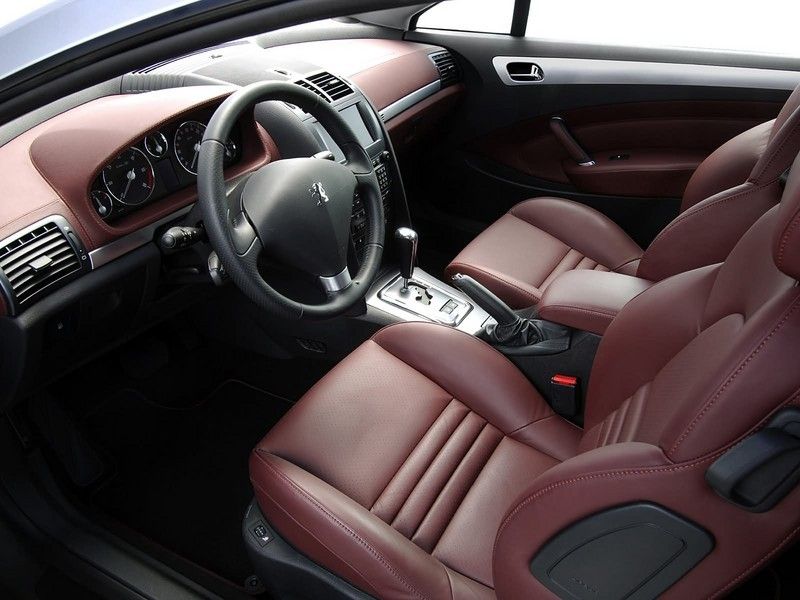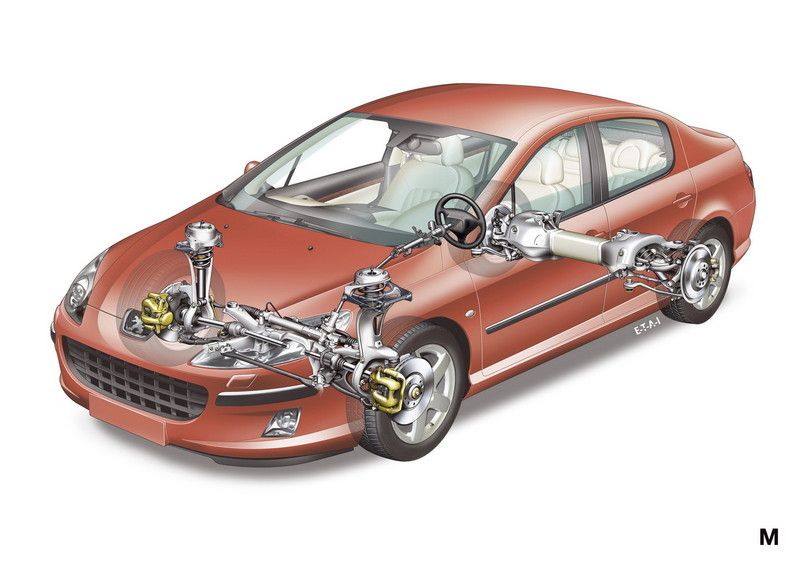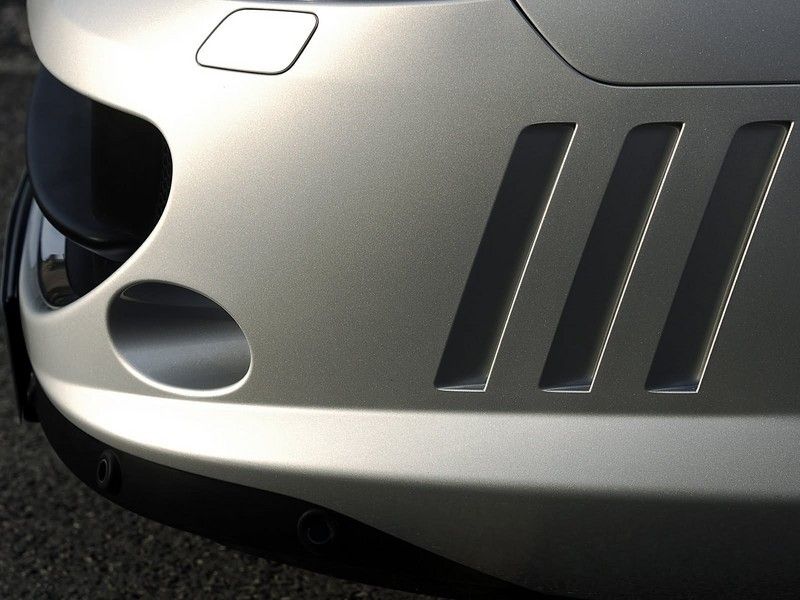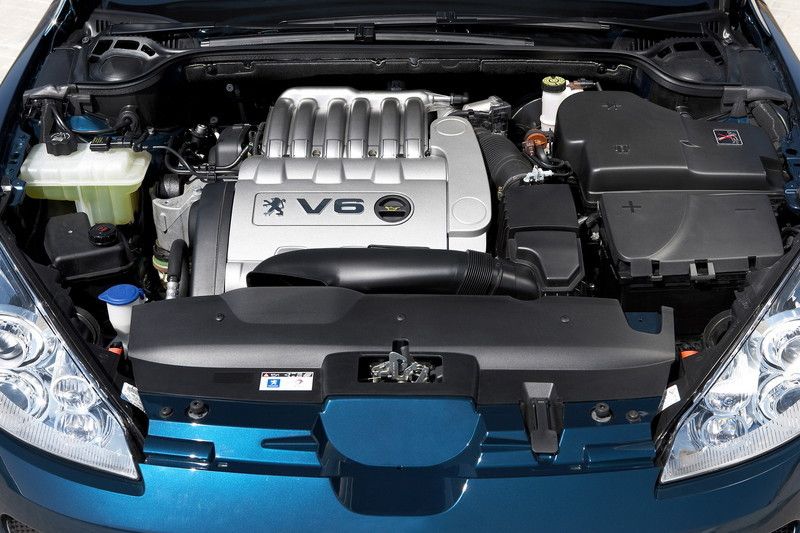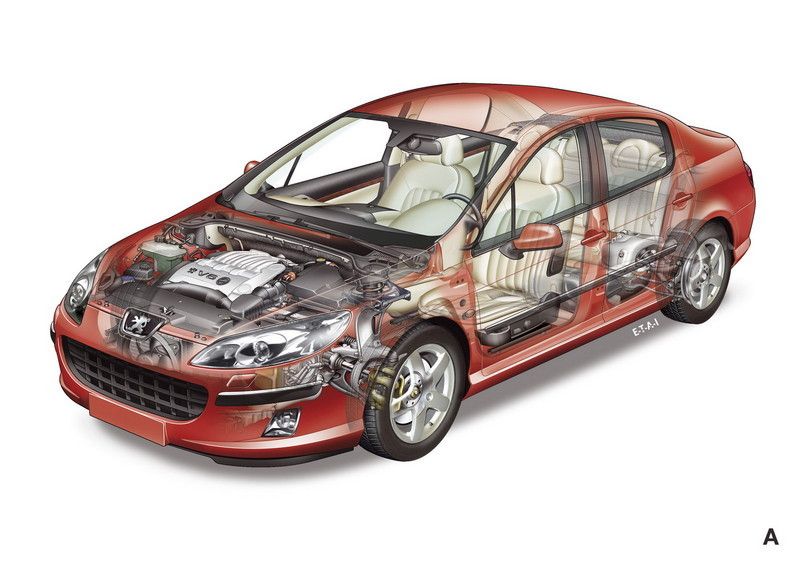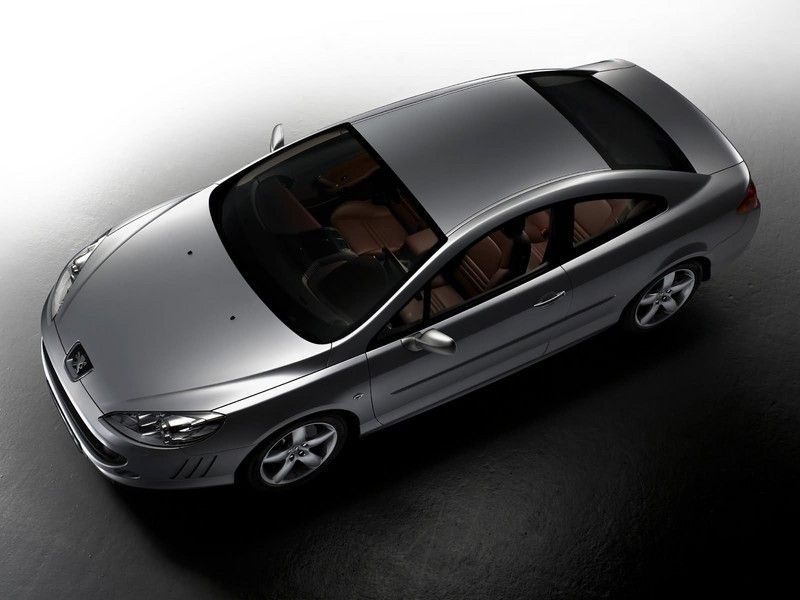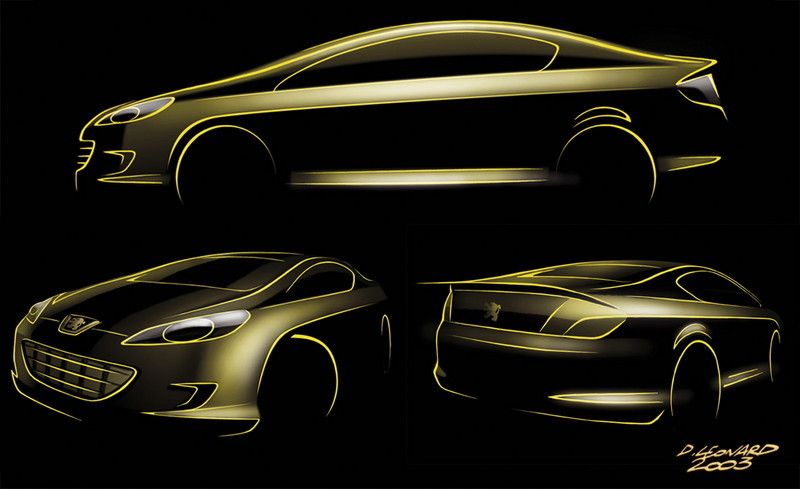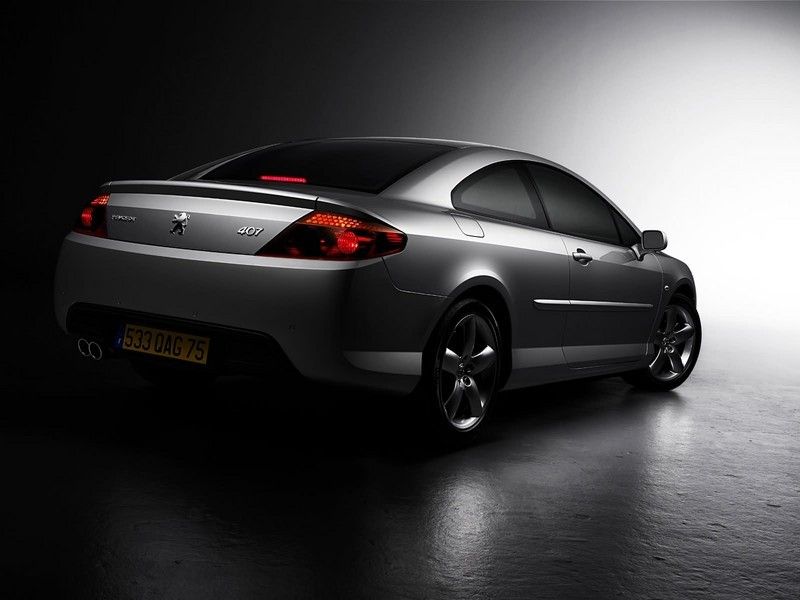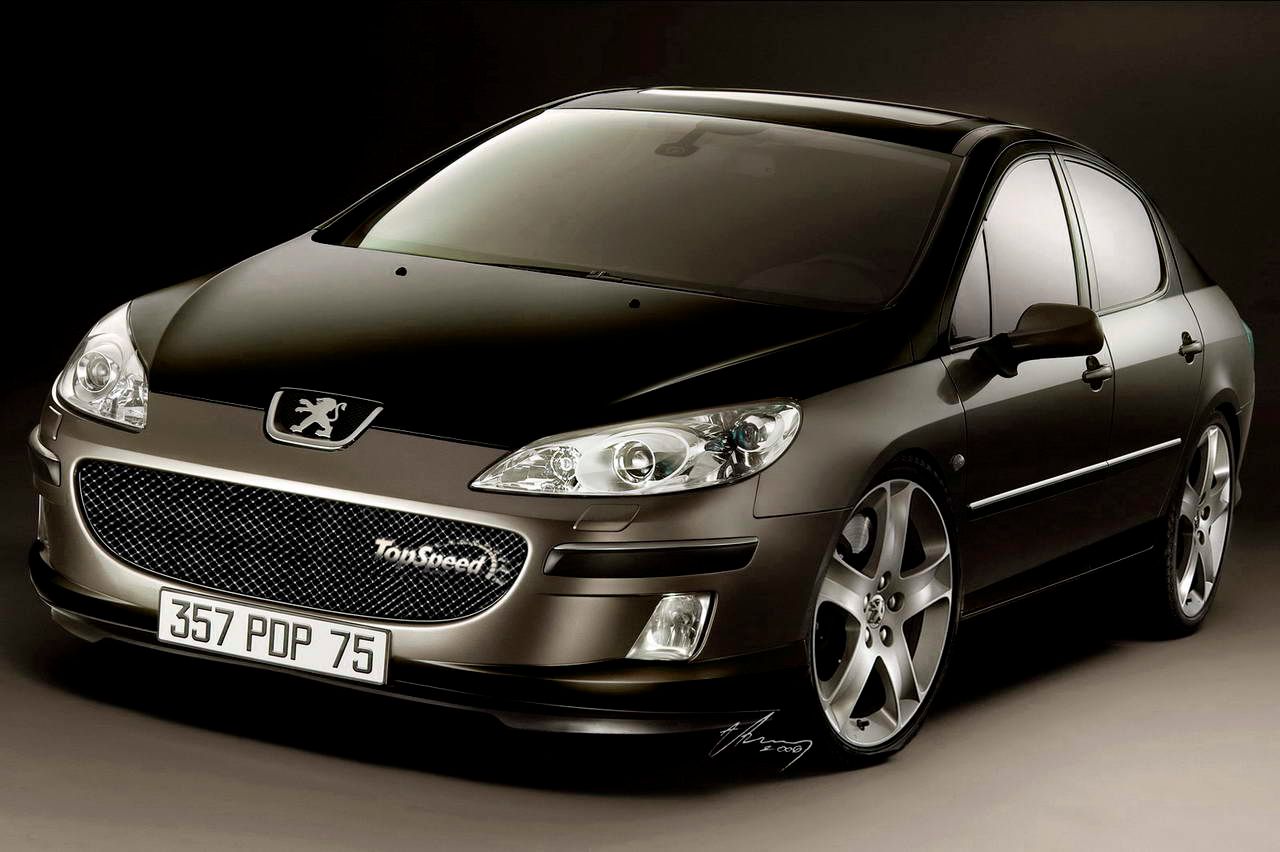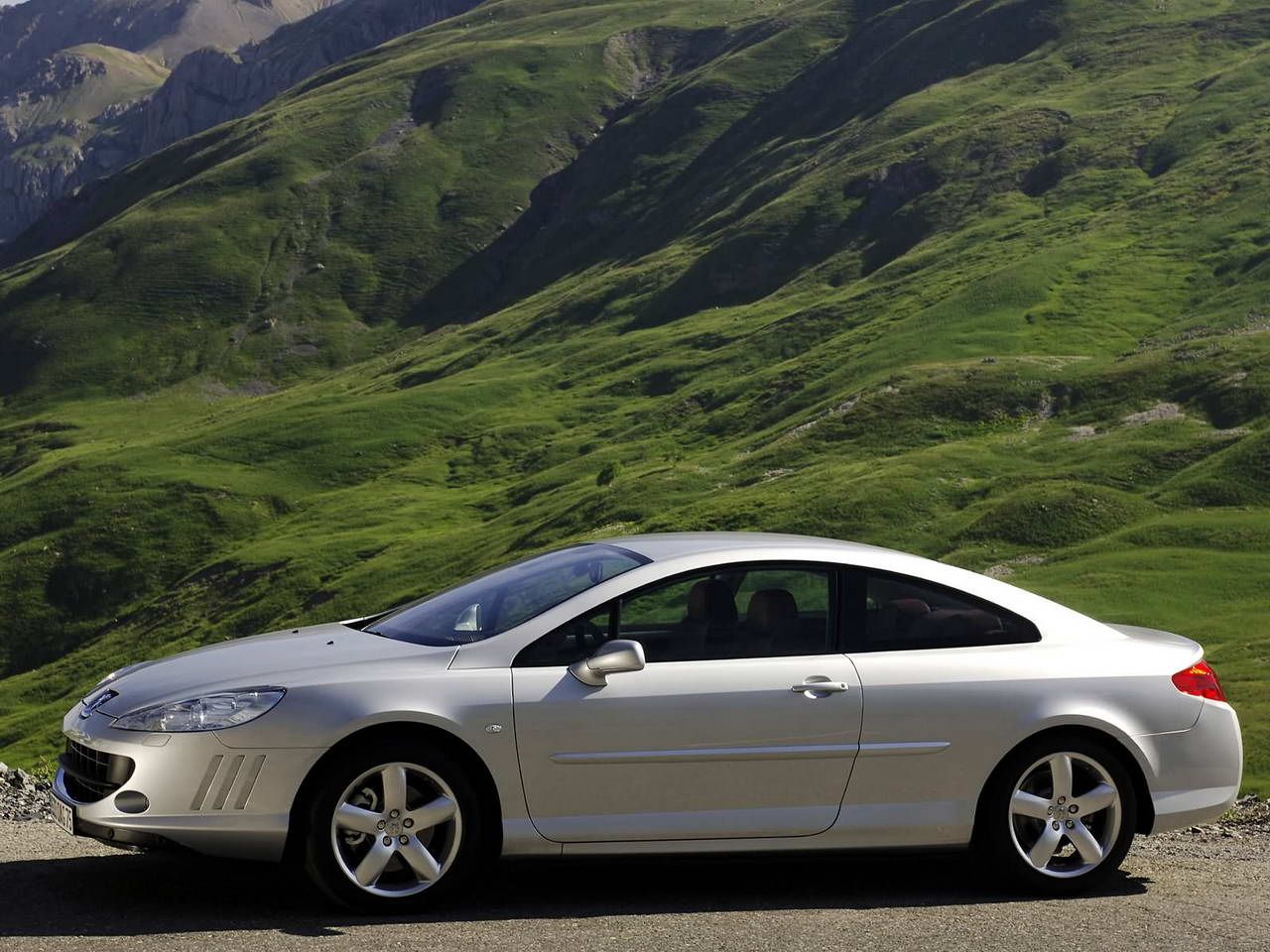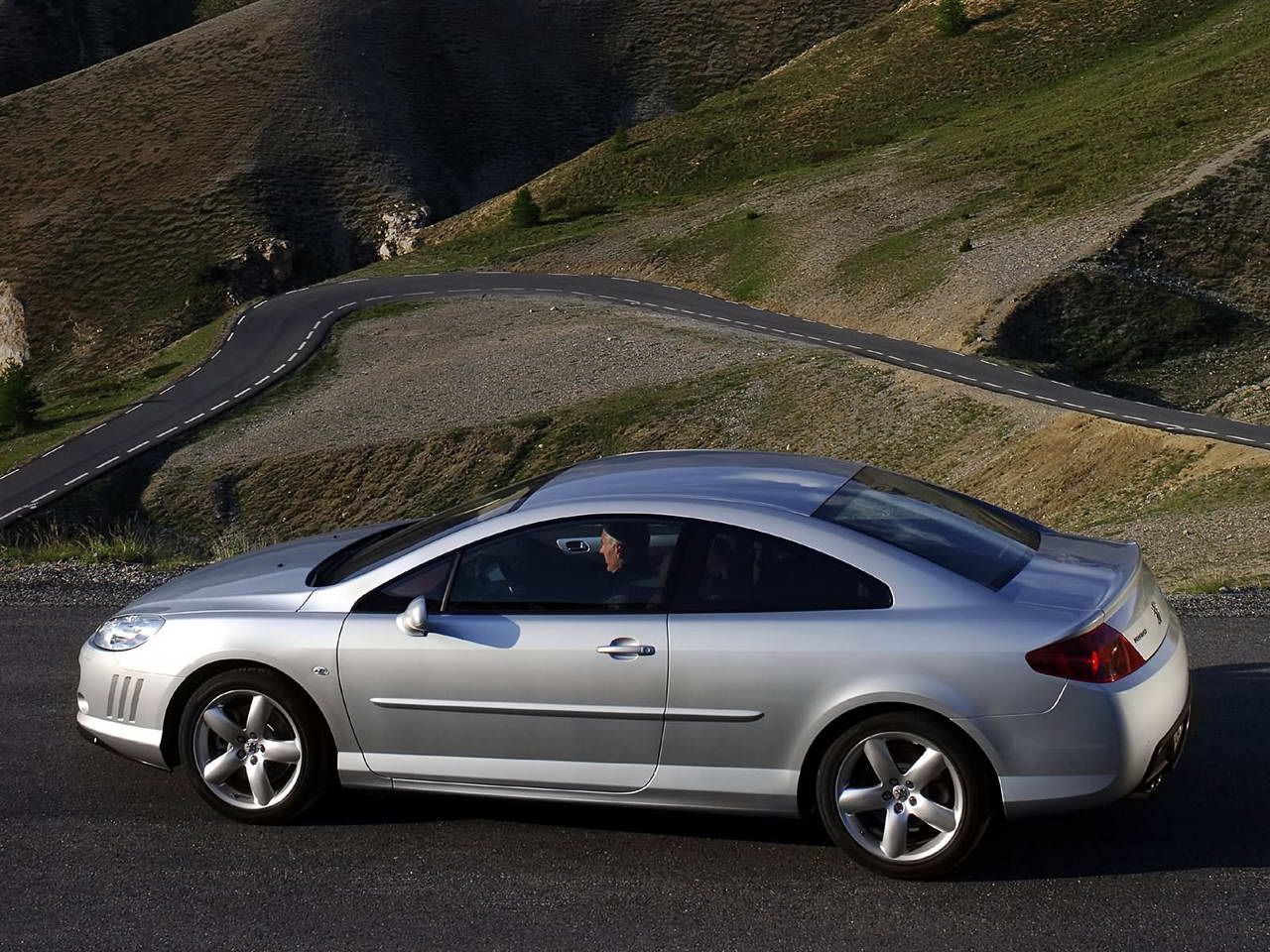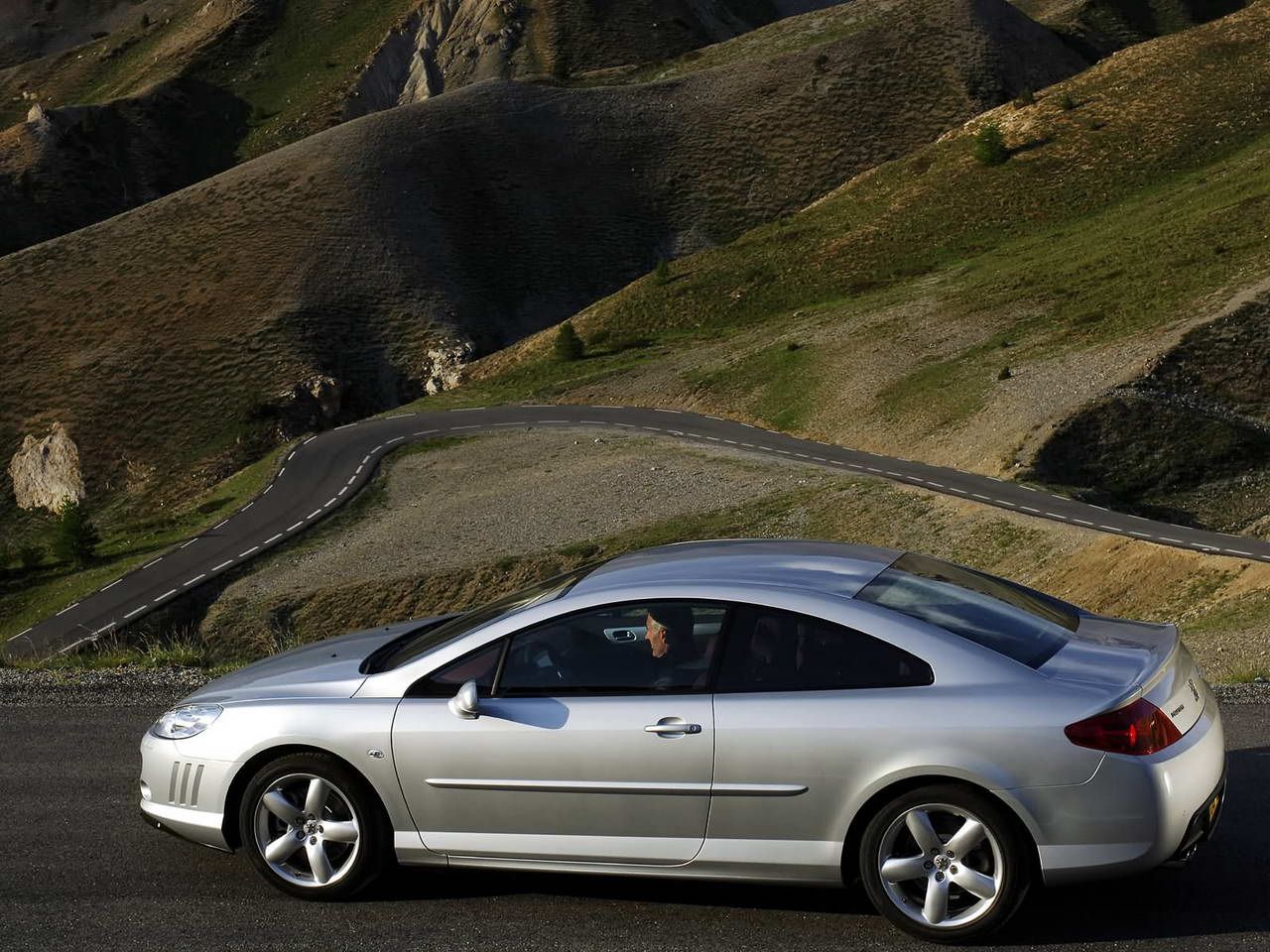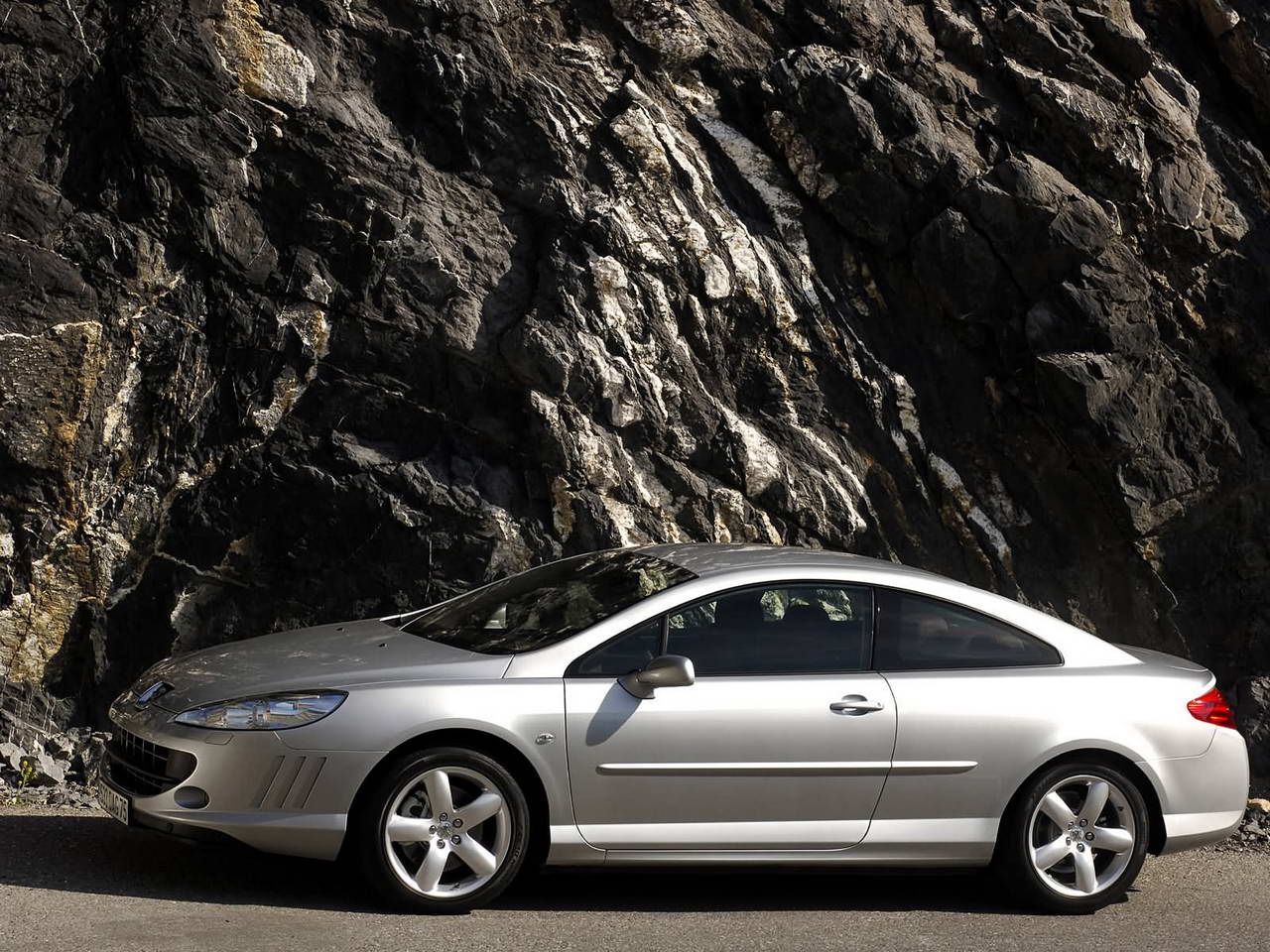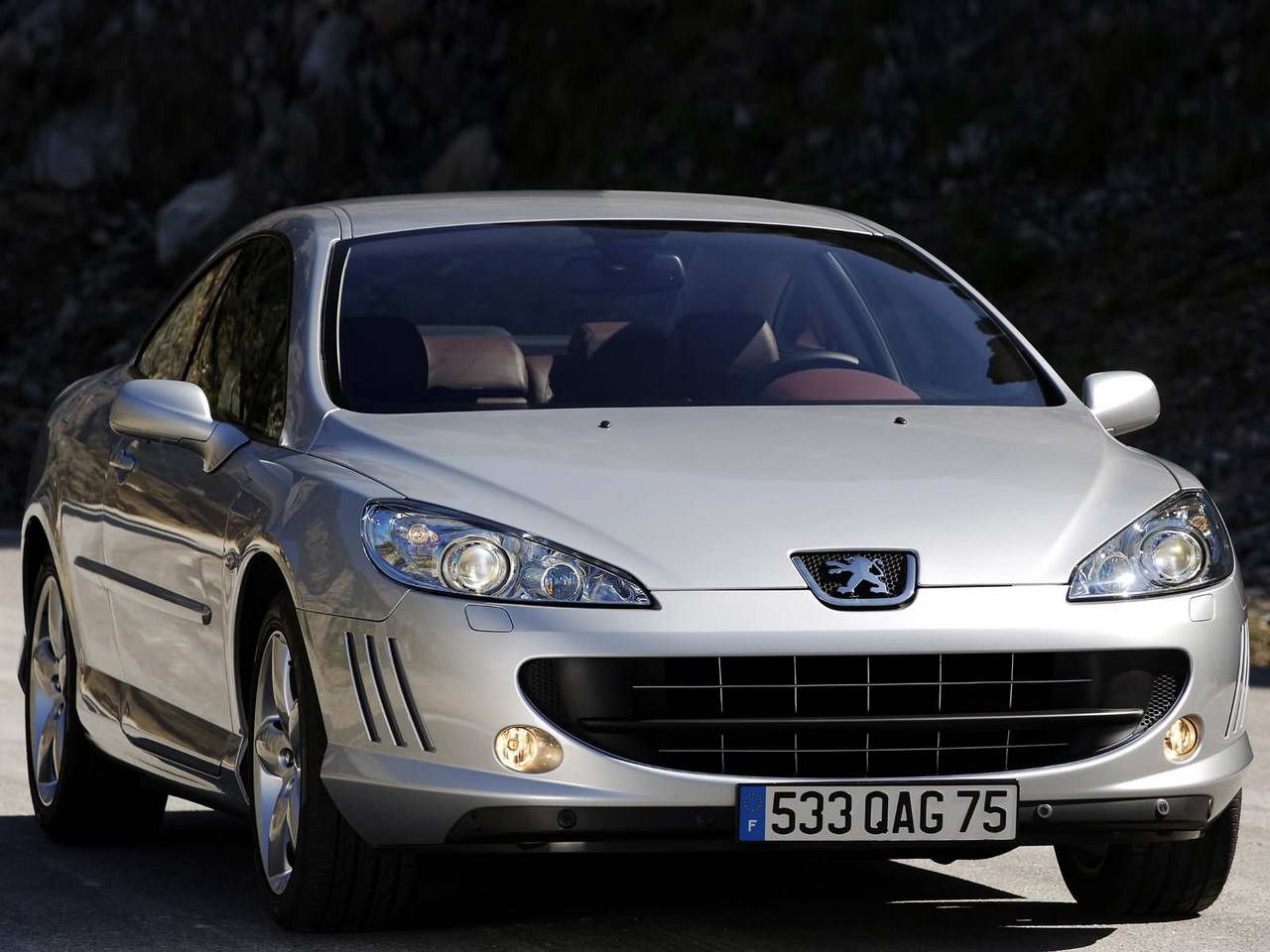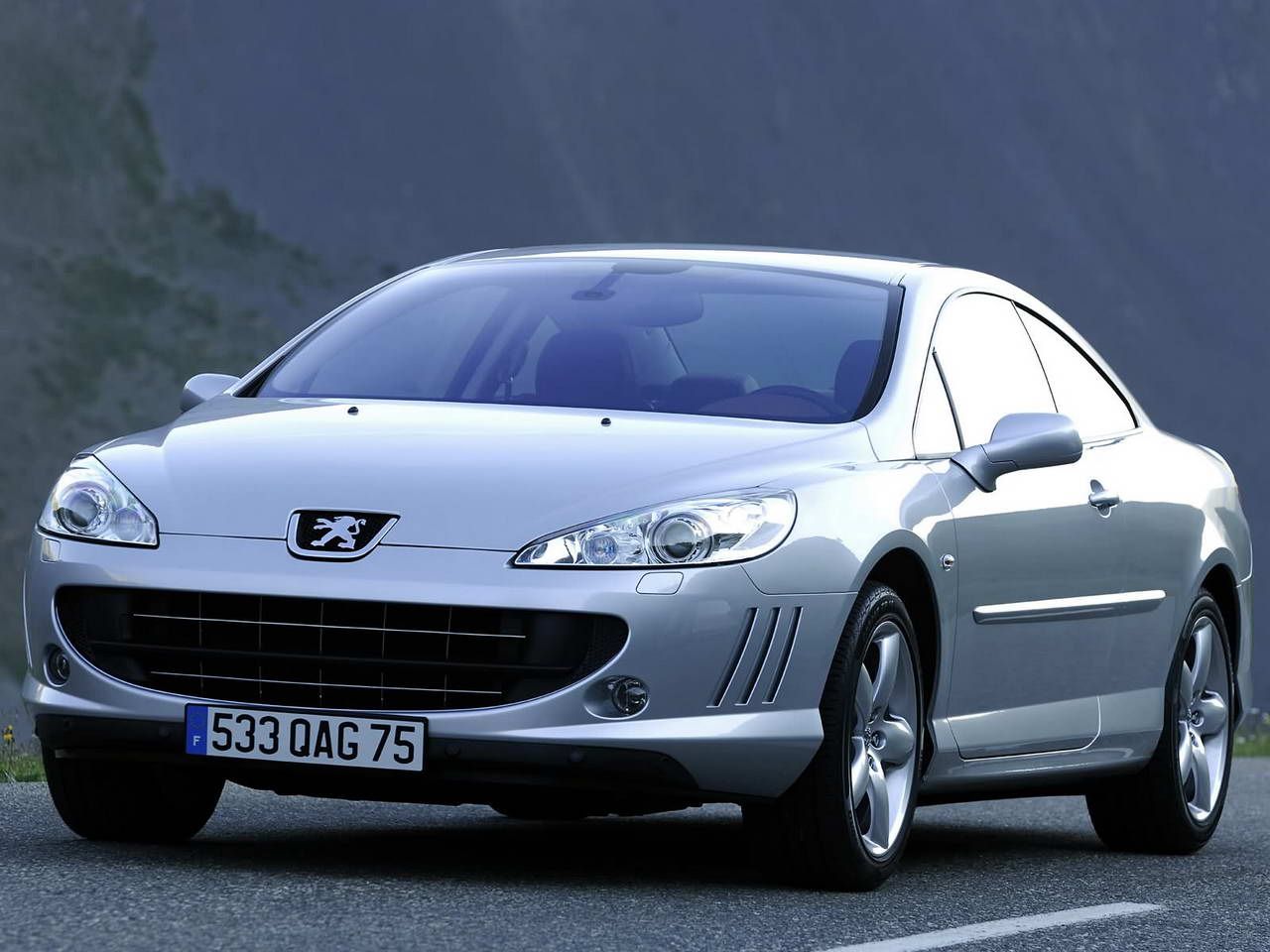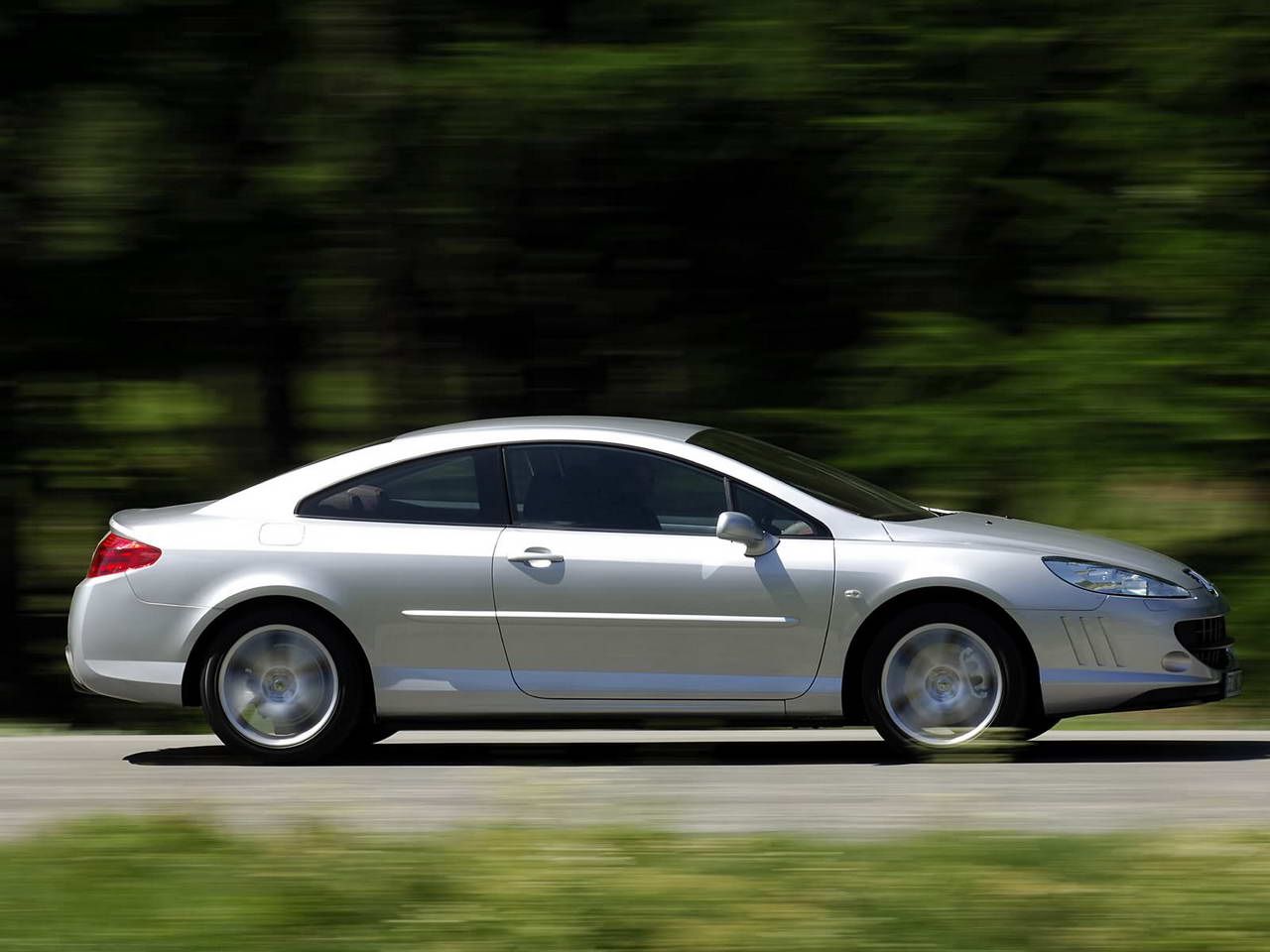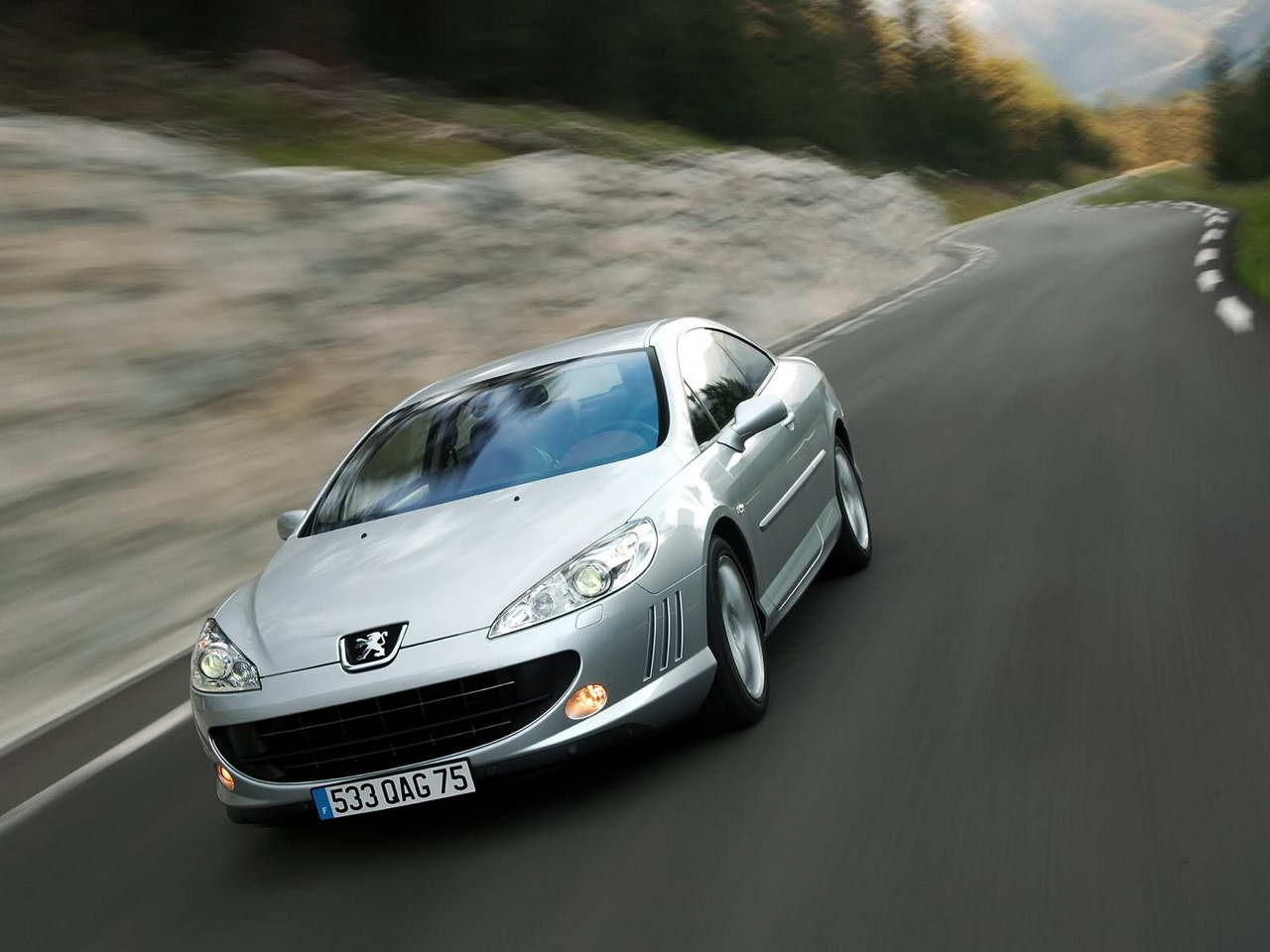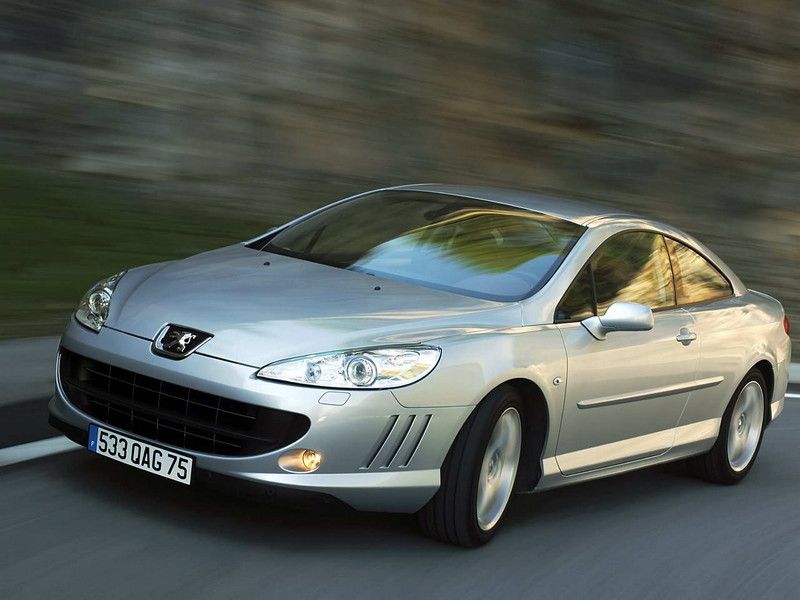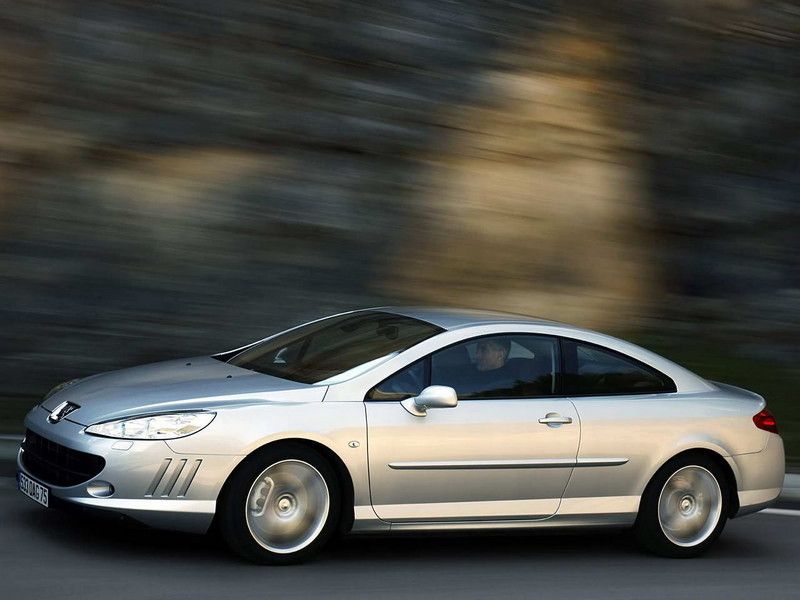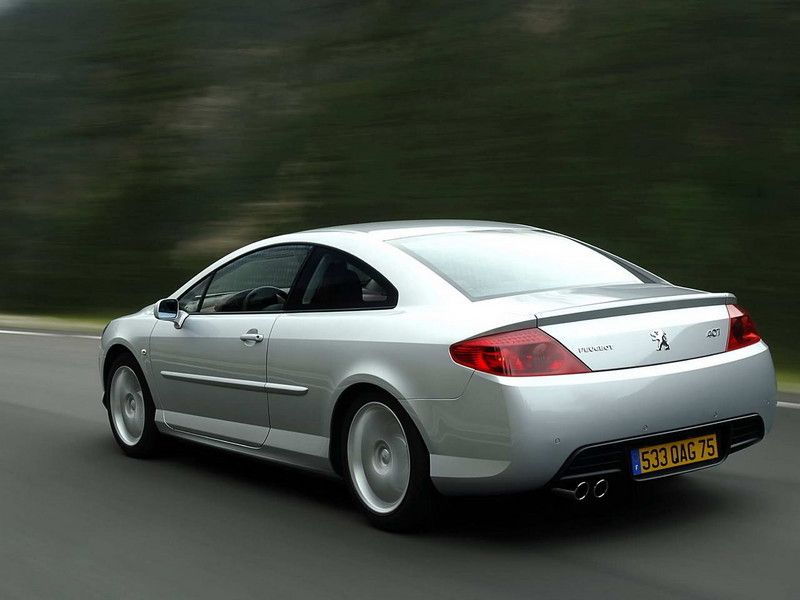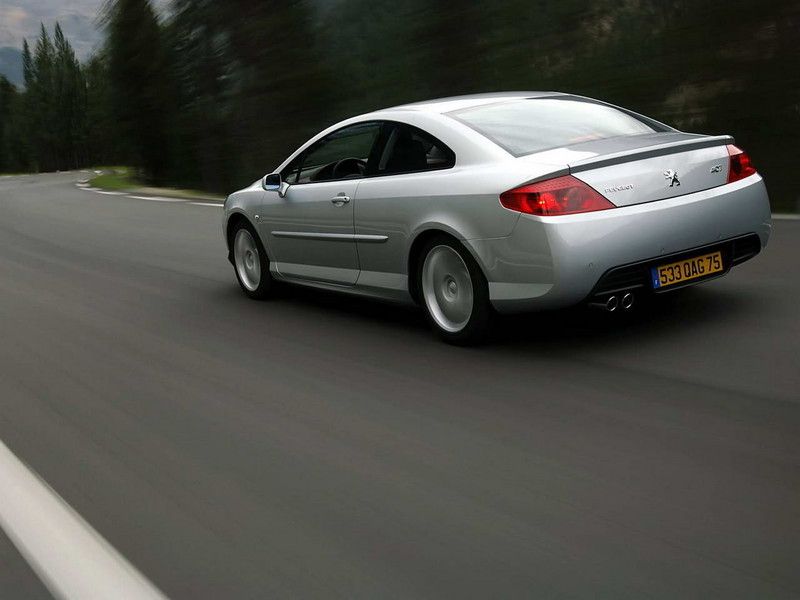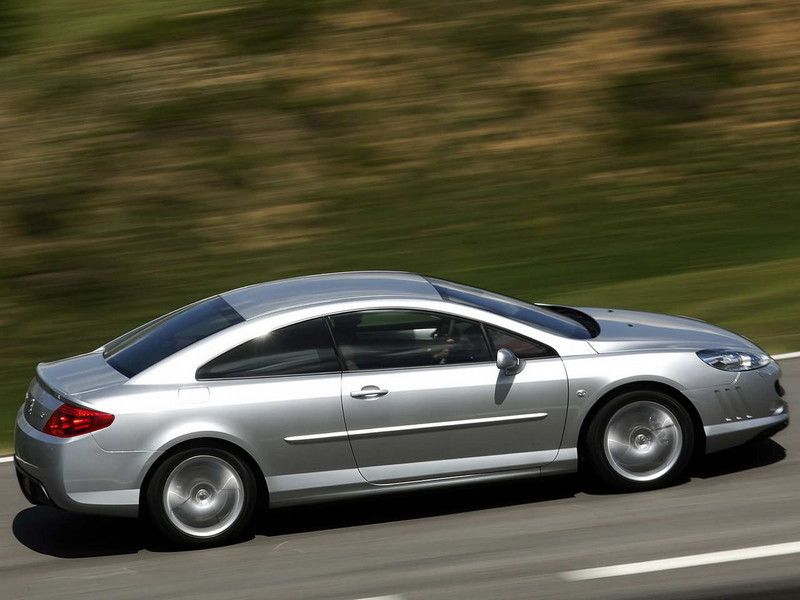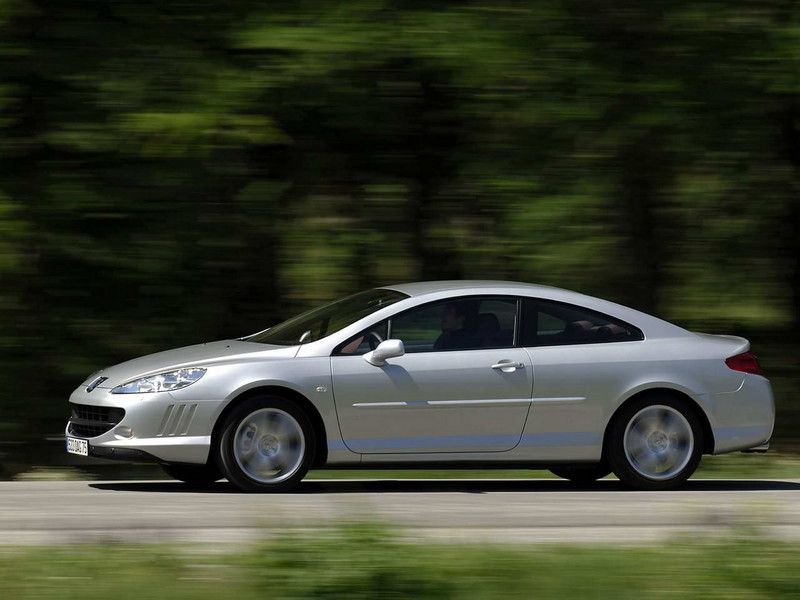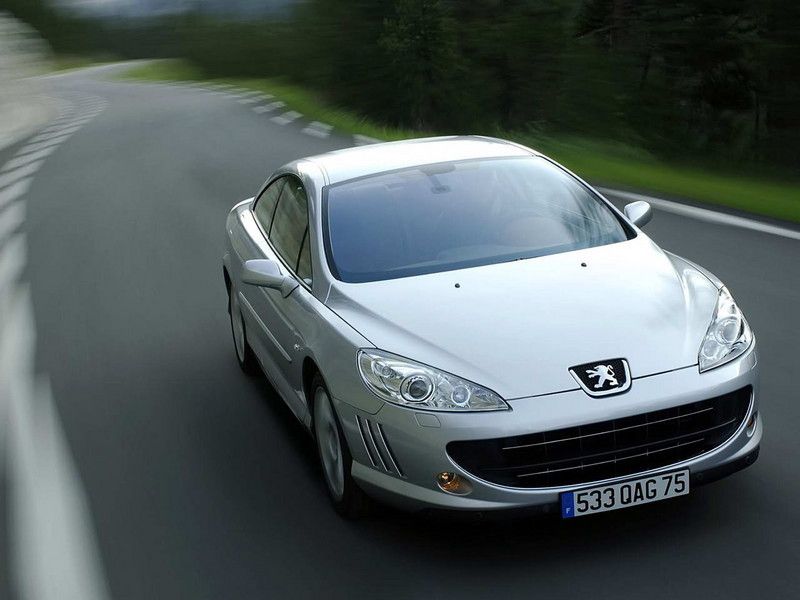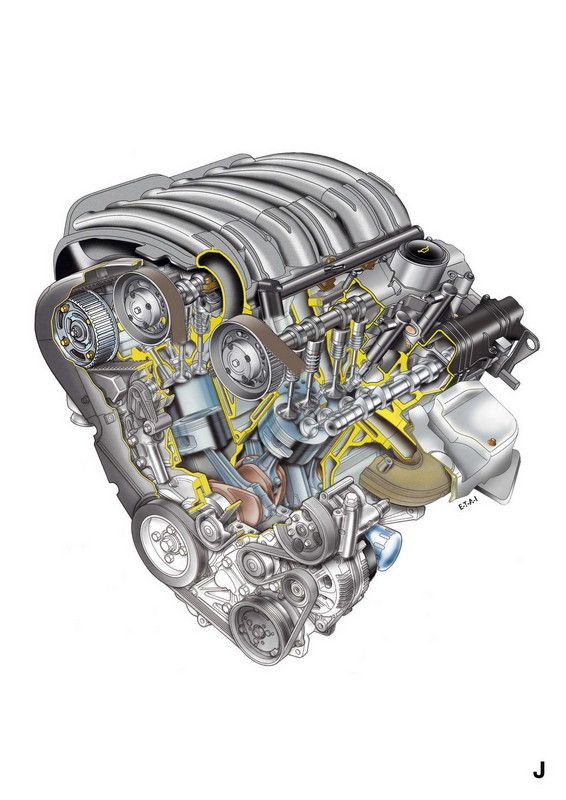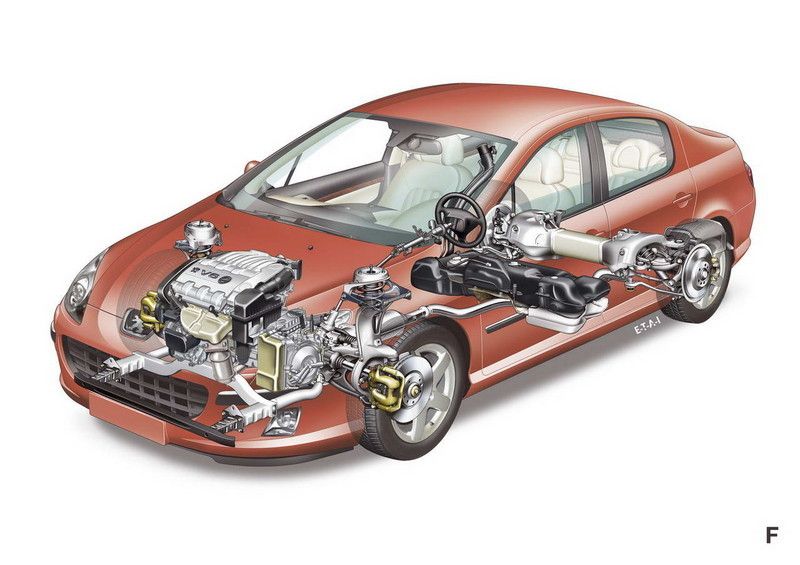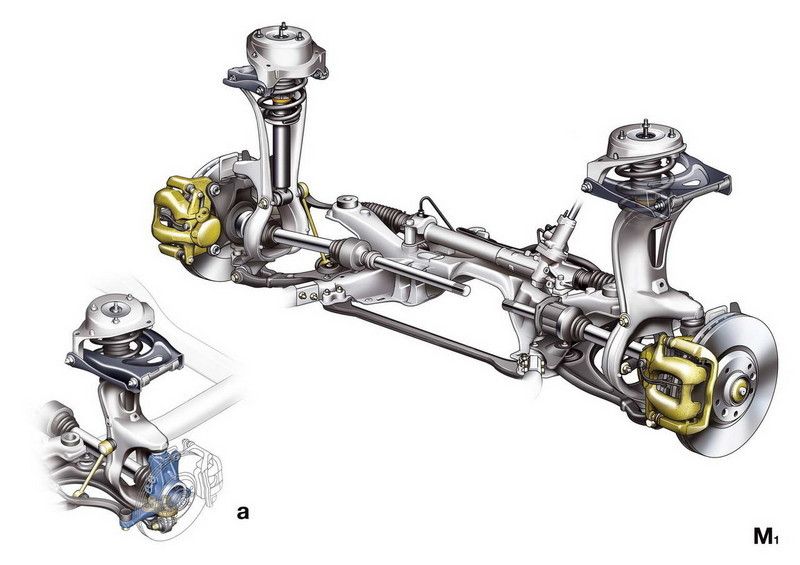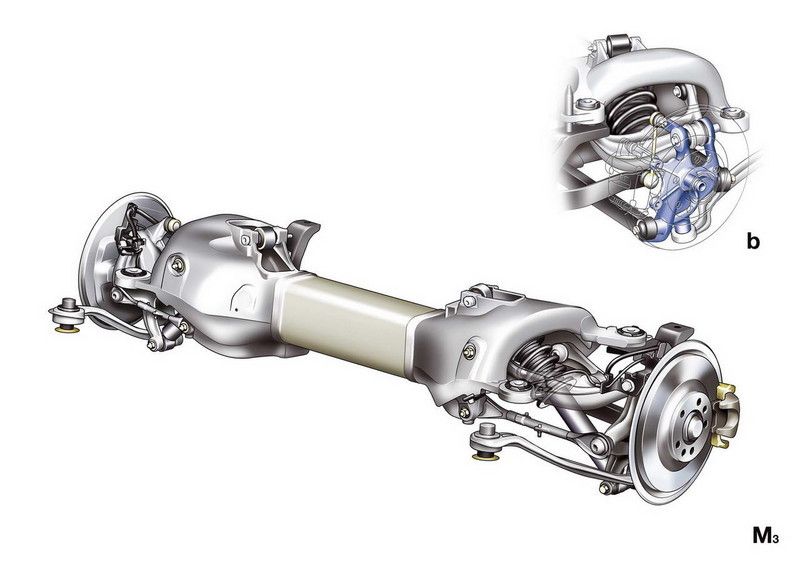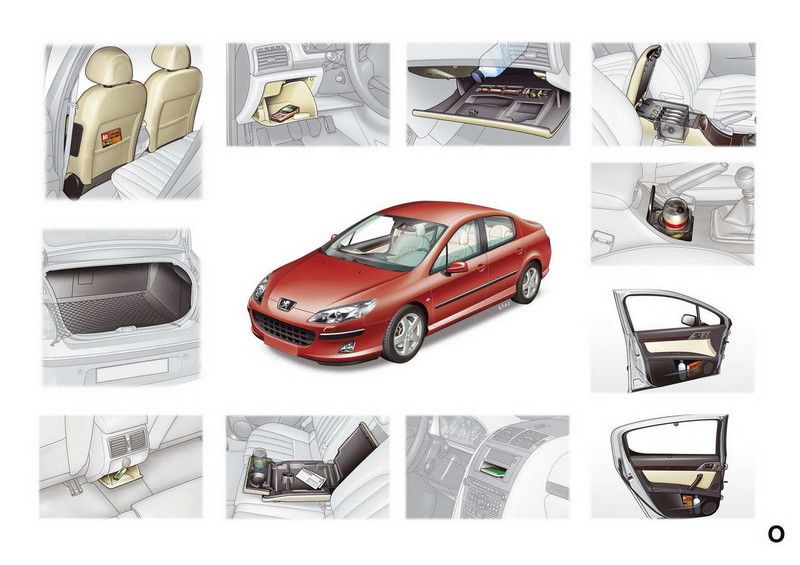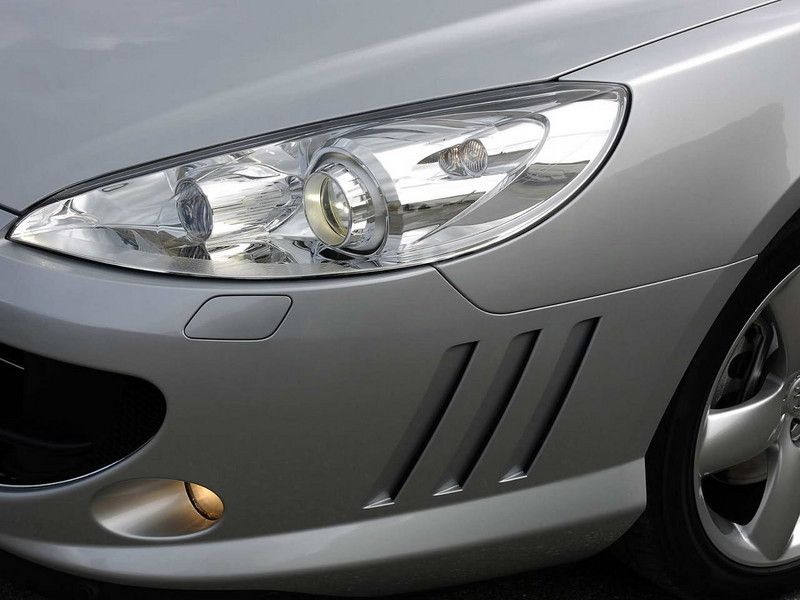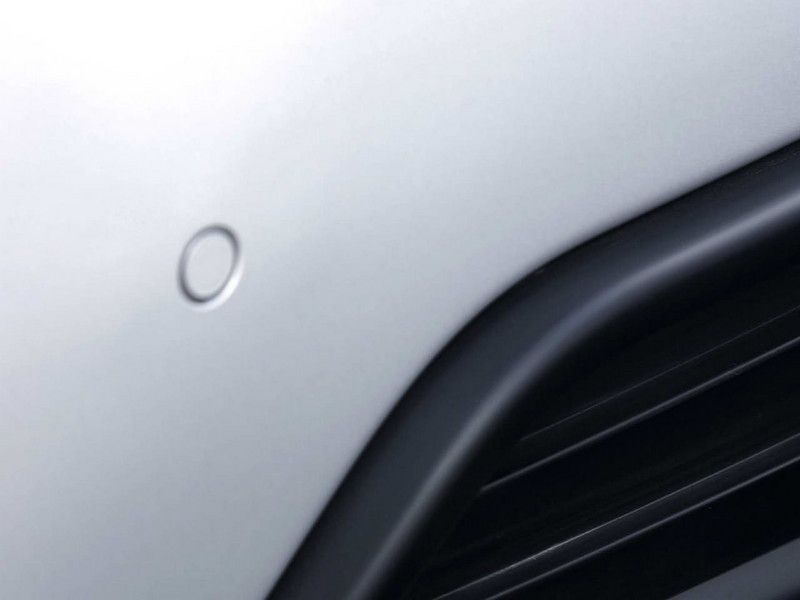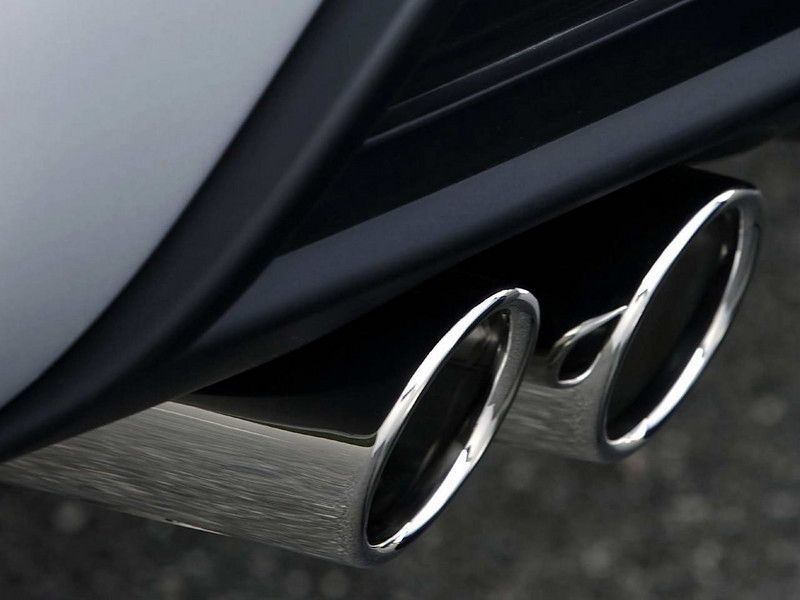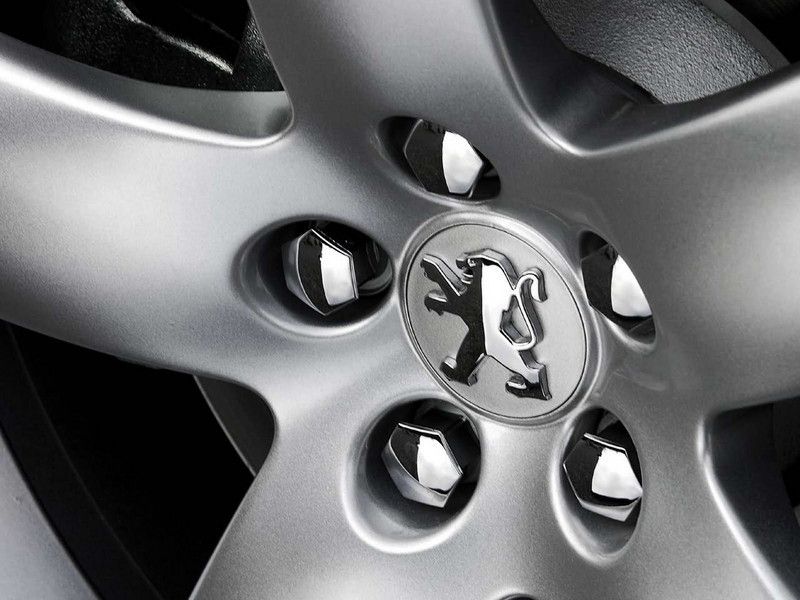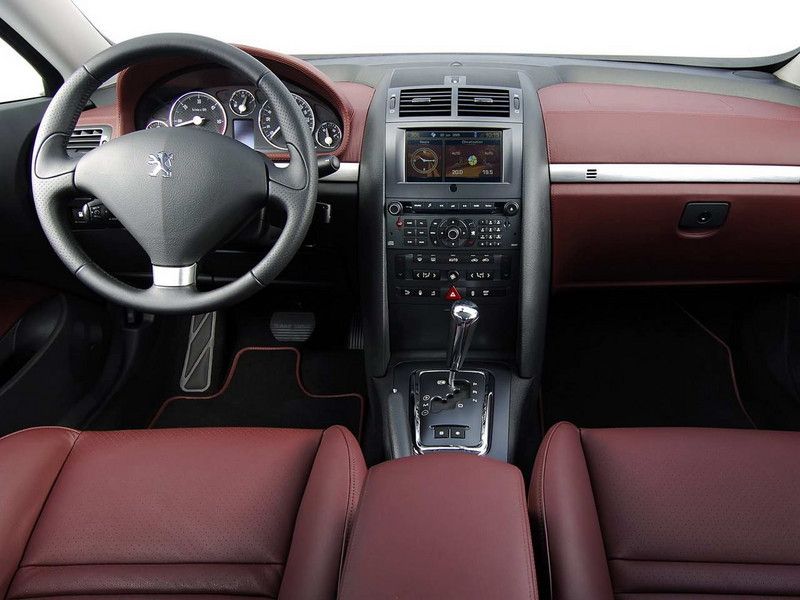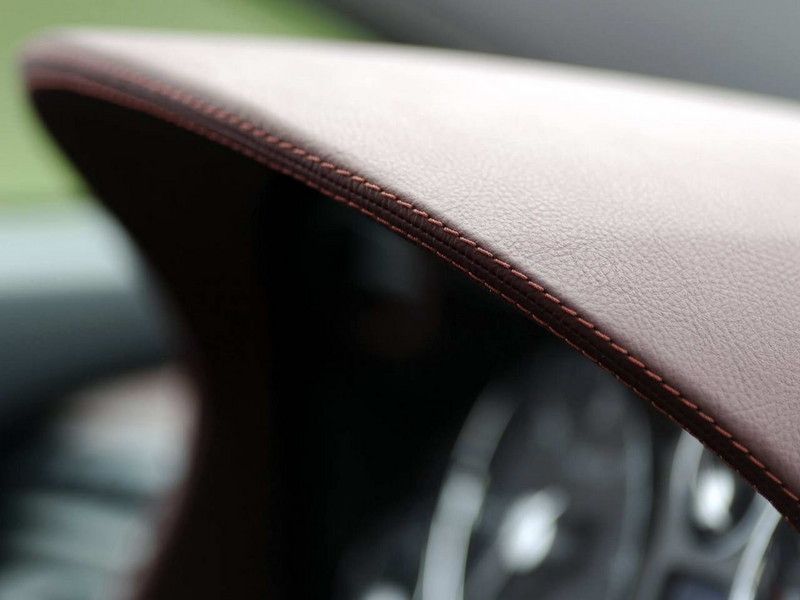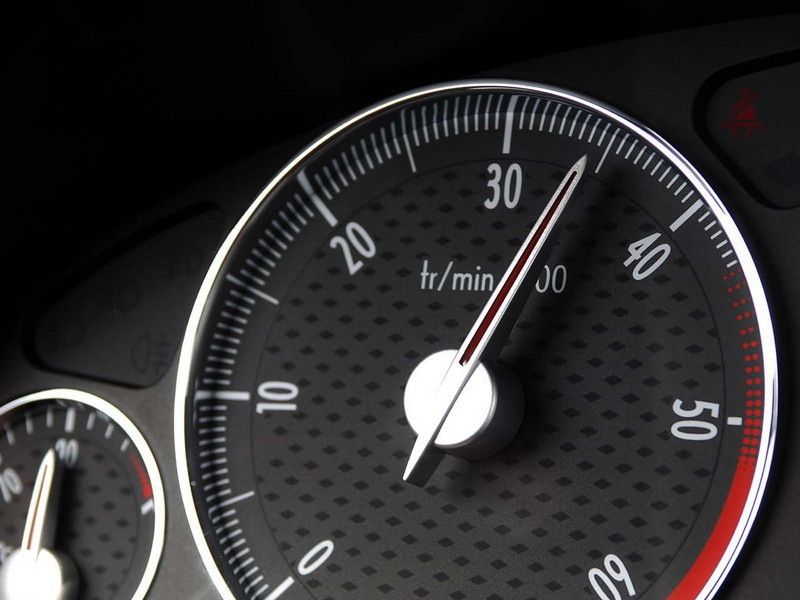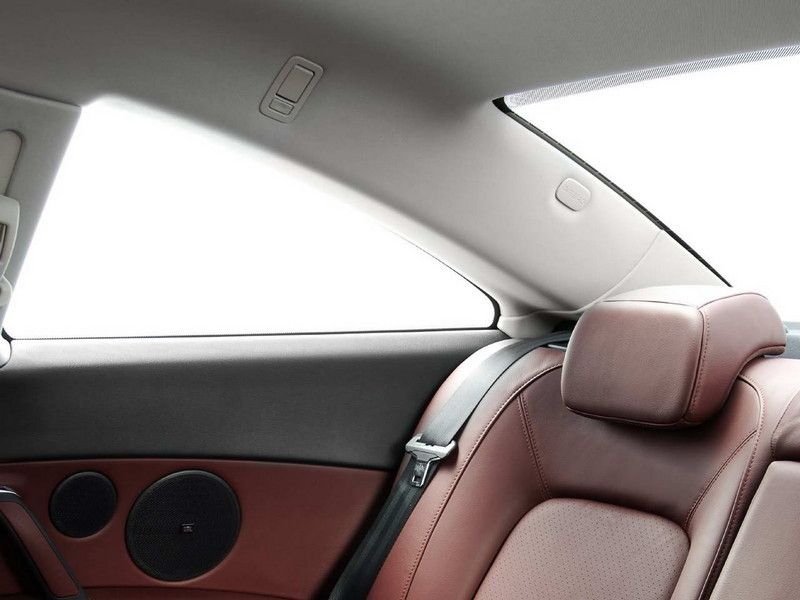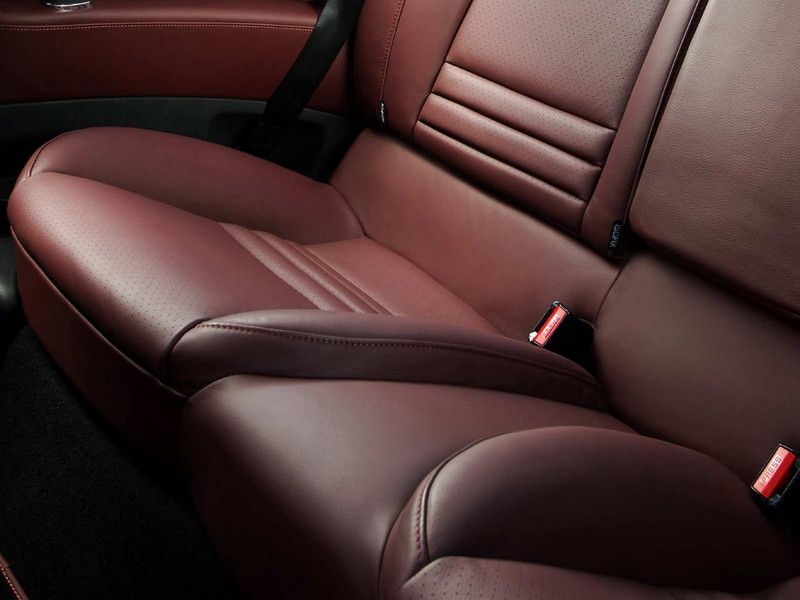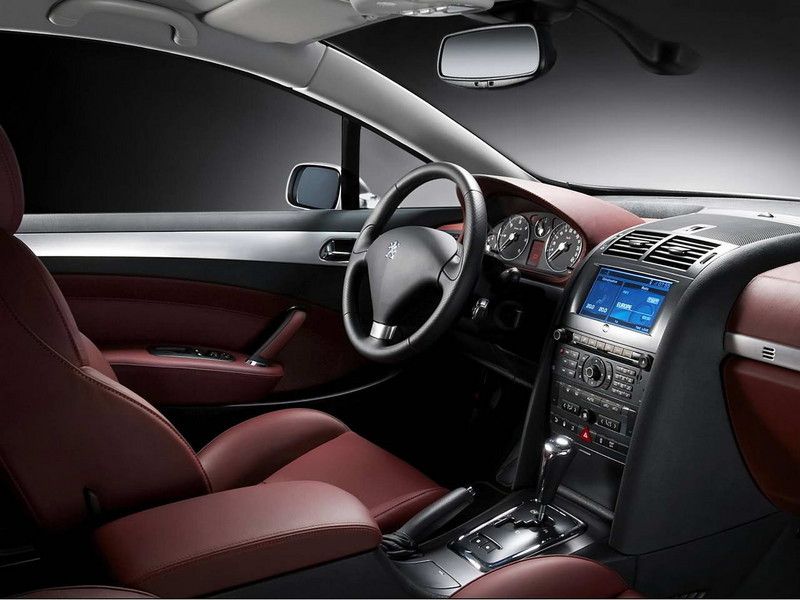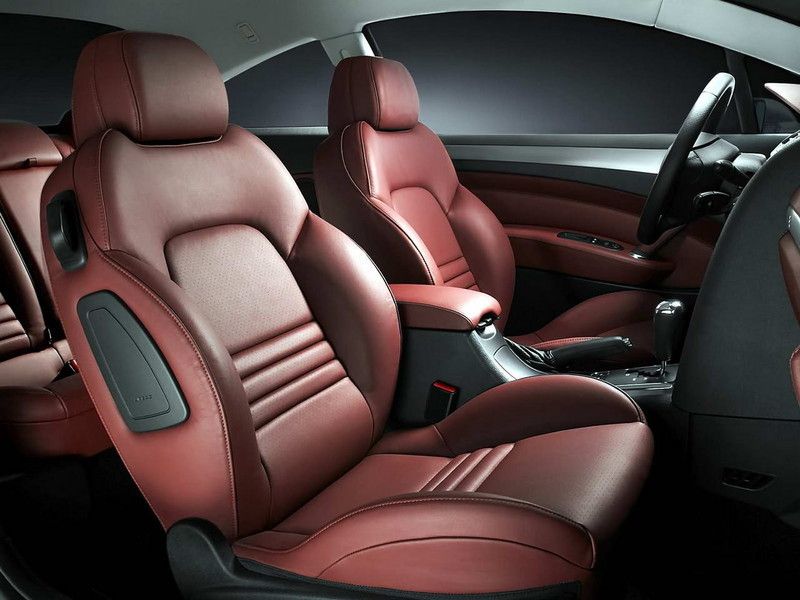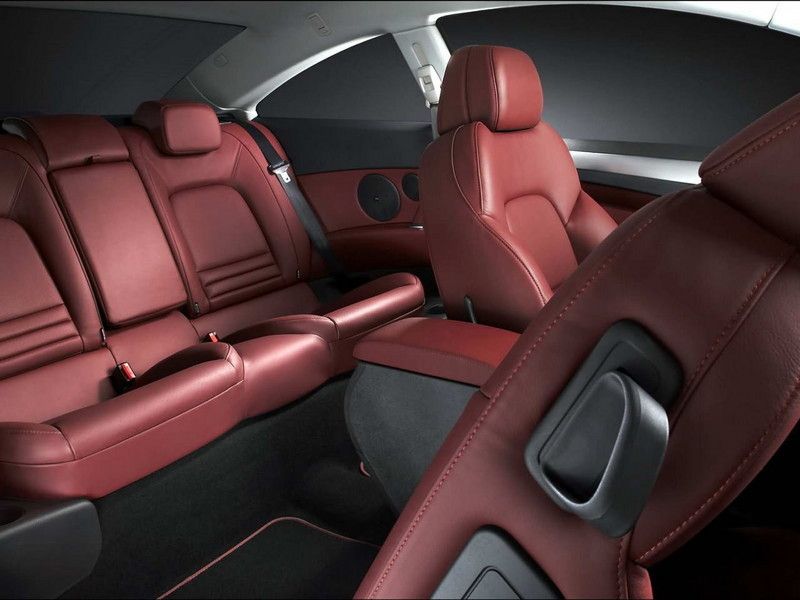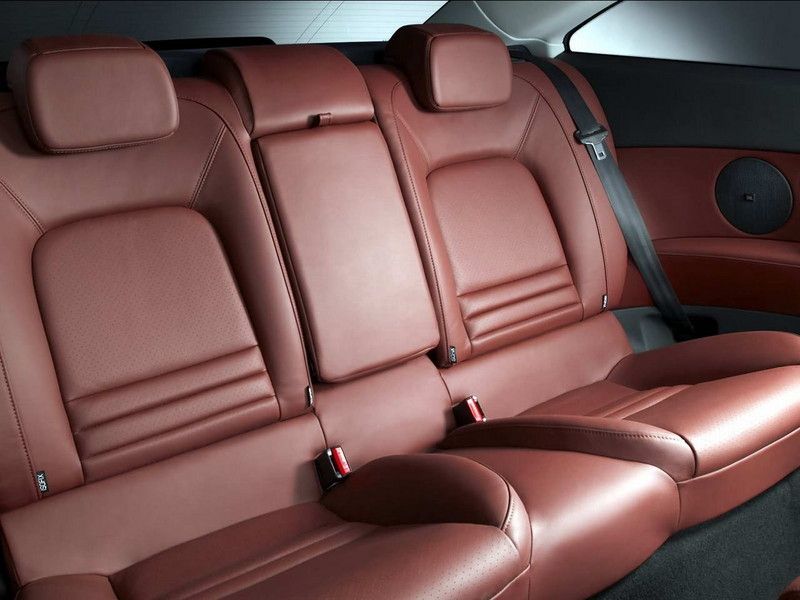The 407 Coupe is the descendant of a famous grantourismo dynasty that included cars such as the 404, 504 and 406, all famous symbols of their times. The new Coupe mixes the exclusive and elegant style with enough space for accommodating comfortably four passengers and their luggage. The technology employed within the power plant and ride-train ensures sharp road-holding, advanced active safety, on top of handiness, comfort and driving enjoyment at all times.
2006 Peugeot 407 Coupe
- Make: Array
- Model: 2006 Peugeot 407 Coupe
- Engine/Motor: V6 DOHC
- Horsepower: 210 @ 6000
- Torque: 170 @ 3750
- Transmission: 6-Speed Manual
- [do not use] Vehicle Model: Array
Peugeot tried to recreate the visual impact of the popular predecessor with the new 407 Coupe. The 406 Coupe was styled by Pininfarina and many (including the author of this article) consider it as one of the most beautiful cars ever built. It was simply drop-dead-gorgeous. The 407 Coupe is not styled by Pininfarina anymore. It was designed “in house”, by Peugeot’s own design studio. It is modern, sharp looking and follows the new design tendencies of the brand. However, it is no match for the predecessor. The 406 Coupe is a car never to be forgotten and a future collector’s car for sure. The 407 Coupe is just another coming-and-going vehicle. Some think that the front and rear overhangs are a little excessive and make the car look a bit disproportionate. They sure get in the way on bumpy roads.
In size the 407 Coupe is larger than the Saloon, (same wheelbase, extended overhangs), which allows for a sleek silhouette, without sacrificing interior comfort, which is enough for four adults. The level of interior equipment makes this car very luxurious and a fine companion for long distance trips where it can also provide a remarkable level of performance as a grantourismo.
Being a true ‘Grand Tourer’ in every way, the 407 Coupe is successful in blending style, technology and luxury into a complete automotive package. Three different power units are offered for the Coupe, all complying with strict Euro 4 emission standards. The top model is equipped with a 3-liter V6 petrol engine with 24-valves and variable valve timing powers two versions, producing 210 bhp of power and 170 lb/ft of torque, available with either a six-speed manual gearbox or new six-speed automatic transmission.
Equipment available for the 407 Coupe includes: directional bi-xenon headlights, cruise control with speed limiter, front & rear parking sensors, 18” Alloy wheels (plus full size spare) with tire pressure sensors, dual zone digital air conditioning with climate control, leather upholstery, JBL hi-fi with MP3 playback, 6 disc CD auto-changer, auto headlights and windscreen wipers, electric heated front seats and trip computer.
The 407 Coupe also proved to be a very safe car, as it attained the maximum 5-star result in the ENCAP testing. Among the feature to ensure such a high level of safety we can count: the latest generation Electronic Stability Program (ESP) including ABS, Electronic Brake Force Distribution, Emergency Brake Assist and Dynamic Stability Control, Seven Airbags (Driver and passenger SMART airbags, front side airbags, full length curtain airbags and a steering column airbag), retractable steering column in the event of an accident, active front seat headrests, pre-tensioning and force limiting front seatbelts, automatic door unlocking in the event of an accident and the automatic activation of hazard lights under emergency braking.
Body & chassis
The 407 Coupe uses the body structure of the 407 sedan, but updated to the performance requirements of the coupe. The structure has been developed specially to accommodate the new body and satisfies all the constraints necessary in terms of safety and driving pleasure by providing excellent torsional rigidity, exceeding that of the saloon. Tests show that the chassis fitted on the 407 Coupe is stiffer than any other one currently in the marquee’s catalogue. This ensures optimal operation of the suspension while improving road holding and drivability.
Although the platform is identical to that of the saloon it has been specially developed for a vehicle lower by 1.8 inches and, as a direct consequence with a centre of gravity lower by 1 inch.
The body includes two energy paths to ably absorb energy all the way through the engine compartment in case of a collision thereby easing afterwards repairs. Besides the usual upper path a second, lower path is embodied by an aluminum sub-frame. In addition to the aluminum bonnet, the use of a composite boot lid reduces weight and frameless doors enhance the style.
Vehicle Dimensions
Length: 15’ 10"
Width: 6’ 2"
Height: 4’ 7"
Luggage capacity (rear seats up): 400 l
Kerb weight: 3527 – 3774 lbs
On the road
This car fits very well the very definition on ‘Grand Tourer’. It can cruise at outrageous high speeds with not more than a whisper from the engine, barely any wind resistance noise and just a little roar from the tires. If you push the car to the limit, the tires will start to squeak a bit, because beyond the limits, this car understeers. Fortunately, grip levels are very high and tire sliding is not something to see often. The lack of noise and ride comfort can trick the passenger and even the driver about how fast the car is actually going. You get a feeling of safety in this car even at near 150 mph.
The six-gear automatic transmission uses the common ‘Tiptronic’ selector and no steering wheel paddle-shifts or buttons. However, this is not the car in which to play Michael Schumacher. In the ‘sport’ mode, this transmission unit makes pretty good decisions on its own most of the time, without any emergency downshifts on the exits of corners.
A nice feature is that you can choose between Sport or Comfort suspension modes that automatically adjust the damping rates and suit them to your driving style. Another useful thing in a fast car is the ESP that can be turned off. While not very aggressive in the first place, it is good to know you can have the ESP deactivated when you need it.
-----
Engine & transmission
The top model Peugeot 407 Coupe is equipped with a 3-liter V6 engine capable of around 211 bhp at 6000 rpm and a maximum torque of 170 lb/ft Nm at 3750 rpm. This level of performance is due in part to the use on the intake camshafts of a continuous variable timing system (VVT), the angular variation of which can vary between 0° and 40° with respect to the crankshaft position. This occurs one degree at a time, thereby ensuring optimal filling of the combustion chambers regardless of engine speed. This characteristic makes the engine both flexible and powerful.
The other reason for this engine’s improved efficiency is a new exhaust system equipped with an active dual-mode silencer. By controlling the input of gases into the silencer according to driving situations, this system reduces noise under normal conditions of use and increases performance under high load.
The engine block and cylinder heads with four valves per cylinder are manufactured from light alloy and form a particularly rigid assembly. The engine management is provided by a Bosch ME 747 unit controlling a phased, sequential injection and an ignition composed of six “pencil” coils. The V6 petrol engine can be fitted with either manual or automatic gearboxes.
For the ML6/C manual gearbox, representing "a first" with the V6 3.0 liter engine, only the final drive ratio (14/67) differs from that fitted for the 2.2-liter engine (14/69).
The 6-speed transverse automatic gearbox (AM6) introduced on the 407 and subsequently featured on the new 607. Schematically, its basic principle is to use the reduction combinations of two planetary gear sets, one single and one double. The assembly is controlled by only five friction elements operated by an integral compact computer.
This gearbox, with a space requirement similar to that of 4-speed manual gearbox, encourages dynamic performance and improved fuel economy.
The six gears exploit the engine to the full, with lower torque reductions during each gear change to enhance the quality of changes, performance and acceleration.
In addition, the low first gear ensures good low speed performance when starting off, while the “high” sixth gear reduces both fuel consumption and noise.
Specs
Cylinders 6 in V
Layout Front Transverse
Cubic capacity (cc) 2946
Bore x Stroke (in) 3.4 x 3.2
Valvetrain DOHC
No. of valves 24
Fuel feed Indirect multipoint petrol injection
Max power (bhp @ rpm) 210 @ 6000
Max torque (lb/ft @ rpm) 170 @ 3750
Fuel tank capacity (gal) 17.7
0-60 mph 8.1s
Fuel efficiency 27 mpg
Top speed 151 mph
Suspension
The suspension was developed starting from that used on the 407 saloon and SW and has been optimized further for a sportier feel. For example, the height of the body has been lowered by shortening the springs by 10 mm at the front and 23 mm at the rear. To limit roll and obtain effective coordination between the front and rear suspension units, the latter are equipped with springs offering new flexibility (enhanced rigidity), while the bump stops are shorter and denser than on the saloon and SW.
The front suspension, a double-wishbone drop-link set up derived from competition, and the integral multi-arm rear suspension provide the best possible control to benefit active safety, driving pleasure and passenger comfort.
The components of the front and rear suspension also benefit from advanced technology, such as the generous use of Cobapress aluminum, which is lighter than forged steel but offers the same mechanical properties. At the front, the separation of suspension movement (vertical travel) and steering functions ensures optimal steering consistency under all circumstances (control of the wheel position) and also ensures the virtual elimination of steering inaccuracies, which helps cornering and also reduces sensitivity to wheel imbalance.
Brakes
Assisted braking on all versions is provided by large-diameter, ventilated front discs (13’ diameter, thickness 1.2’). The rear discs have a diameter of 11.8’ mm and a thickness of 0.5’. An anti-lock braking system (ABS), calibrated specially for each of the two wheel sizes. Integral electronic management of braking on individual wheels to ensure stability and braking efficiency, particularly when ABS or CDS is not in operation. Emergency brake assist (EBA), linked to the speed at which the brake pedal is depressed. Above a rate of deceleration of 8 m/sec2, the hazard warning lights come on automatically.
In addition to traction control (ASR) acting on the brakes and the engine, stability control (CDS) continuously compares the steering wheel angle, the car’s rate of yaw, the speed of the wheels and the vehicle’s transverse acceleration to detect the start of under- or oversteer. As a result of these detections, the ECU, if necessary orders corrections to be made to return the car to the trajectory requested by the driver, as far as the laws of physics allow.
Steering
The steering set up was developed from the 407 saloon/SW, but has been designed specifically to guarantee the required dynamic performance, particularly by offering enhanced centering and accuracy.
The electro-hydraulic power steering of the 2.2-liter model is variable with a controlled electro-pump unit that controls the pressure with respect to the car’s speed and the speed of rotation of the steering wheel according to seven software-setting options. Compared to traditional hydraulic power steering, this assistance is independent of engine speed, thereby improving directional control and helping to reduce fuel consumption.
The valve and electronic control are specific to the 407 Coupe.
Tires & wheels
To match its dynamic personality, the 407 Coupe is equipped with large diameter wheels fitted with sports tires. These generous wheels make a direct contribution to road holding quality and the expression of exterior style.
V6 versions are equipped with “Alopias” alloy wheels with a diameter of 18 inches and a width of 8 inches, clad with 235/45 YR 18 tires. A 19-inch diameter wheel with a width of 8 inches is available as an accessory, in which case 235/40 ZR19 Y tires are fitted.
The spare wheel has the same dimensions as the original and is housed in the boot.
-----
Interior
The interior of the Peugeot 407 Coupe is both practical and pleasant and offers numerous storage areas, modularity, ergonomic seats and a wide range of equipment to make life in the car easier for its occupants.
The seats of the 407 Coupe are specially made for this model. At the front, they were lowered by 1 inch and set back by 0.4 inches compared to those of other 407s. Their design calls to mind the style of “bucket” seats, both to “communicate” driving sensations to the driver and ensure excellent support for the passengers. Front seat adjustments are wide-ranging in terms of height (2.5 inch), length (10 inches) and even inclination of the seat back by means of a continuously adjustable knob. A lumbar control is fitted to the driver’s seat and is available on the passenger seat when leather trim is fitted.
The lockable glove box is illuminated and refrigerated; the central armrest offers a good capacity of sealed storage; the retractable cup holder is situated between the gear lever and the central armrest.
Rear passengers have a storage space and a cup holder at the level of each rear panel, a sealed space between the front seats and a storage pocket on the back of the front seats.
The 407 Coupe features the audio and telematic systems introduced on the 407 saloon and SW. They benefit from a dual-tuner and dual-antenna system that amply meets customers’ requirements in terms of reception and sound reproduction. Controls under the steering wheel and the multi-function display facilitate use of the equipment generally.
The Coupe comes with the latest-generation mono CD RDS car radio (RD4). With an output of 4 x 15 W, this includes, in addition to two silk-screen antennas in the rear windscreen, six speakers and a digital signal processor (DSP).
All Coupe models come with dual-zone air conditioning with automatic regulation of temperature and distribution. The air conditioning system uses modern technologies such as a temperature sensor and a hygrometer, which prevents the appearance of condensation for example.
Safety features
The driver’s front air bag has two generators and a dual volume; its deployment pressure and volume depends on the severity of the impact. Its volume can vary between 42 liters and 83 liters.
An air bag with a capacity of around 20 liters, located in the fascia panel under the steering column, protects the driver’s lower limbs.
The passenger front air bag with a volume of 120 liters has also two generators and its deployment pressure is also dependent on the severity of an impact. It can be de-activated easily in order to install a rear-facing child seat, by use of the ignition key in a switch located on the passenger side of the fascia panel. In the instrument panel, an indicator confirms the de-activated status of this air bag.
Chest air bags incorporated in the backs of the front seats have been specially designed for the Coupe’s architecture. Their volume is 10.5 liters.
Designed to protect the heads of front and rear passengers, curtain air bags each with a capacity of 22 liters are located in the roof lining above the side windows.
At the front, numerous storage spaces are identical to those in the saloon, with the exception of the special design of the door panel pockets.
TopSpeed artists Peugeot 407 Coupe tuning recommendation
This is one car that will not make it soon on our purchase list. But this doesn’t mean it is not entitled for some TopSpeed tuning. So, we used two tones horizontal painting to make the car look wider and less bulky. The silly front truck-like grille got replaced by a metal net that gets to make the fascia look more even and neat. 20’ rims with painted like tires always look good, especially on a granturismo. We tried not to mess with the elegant part of the car, therefore no oversized spoilers or ailerons should be mounted on this car.

